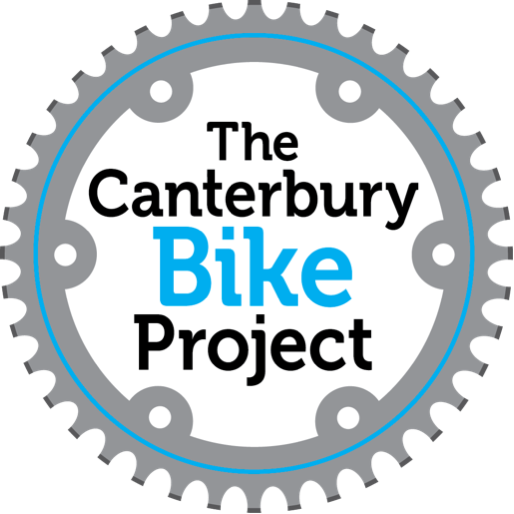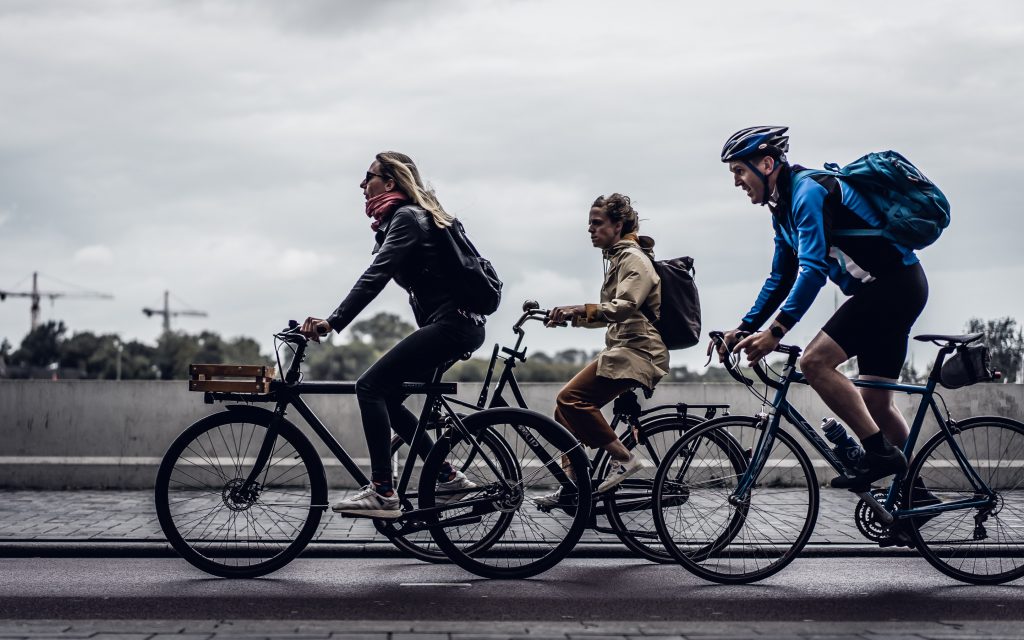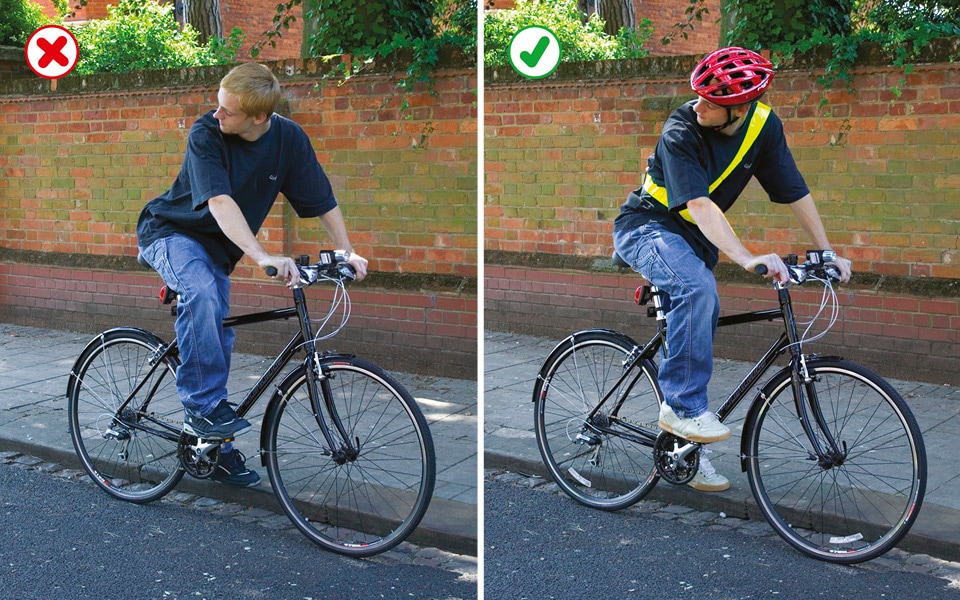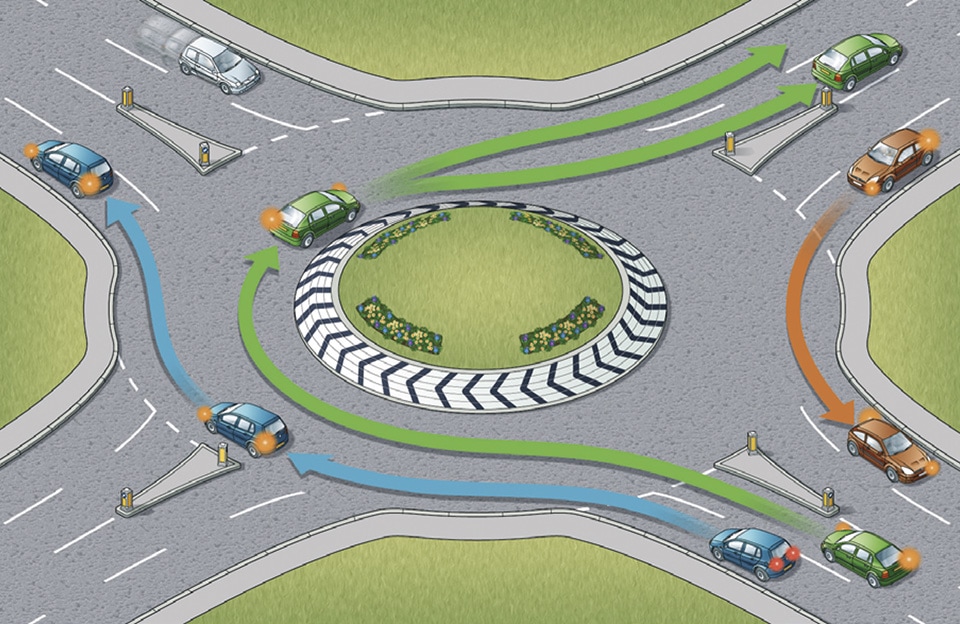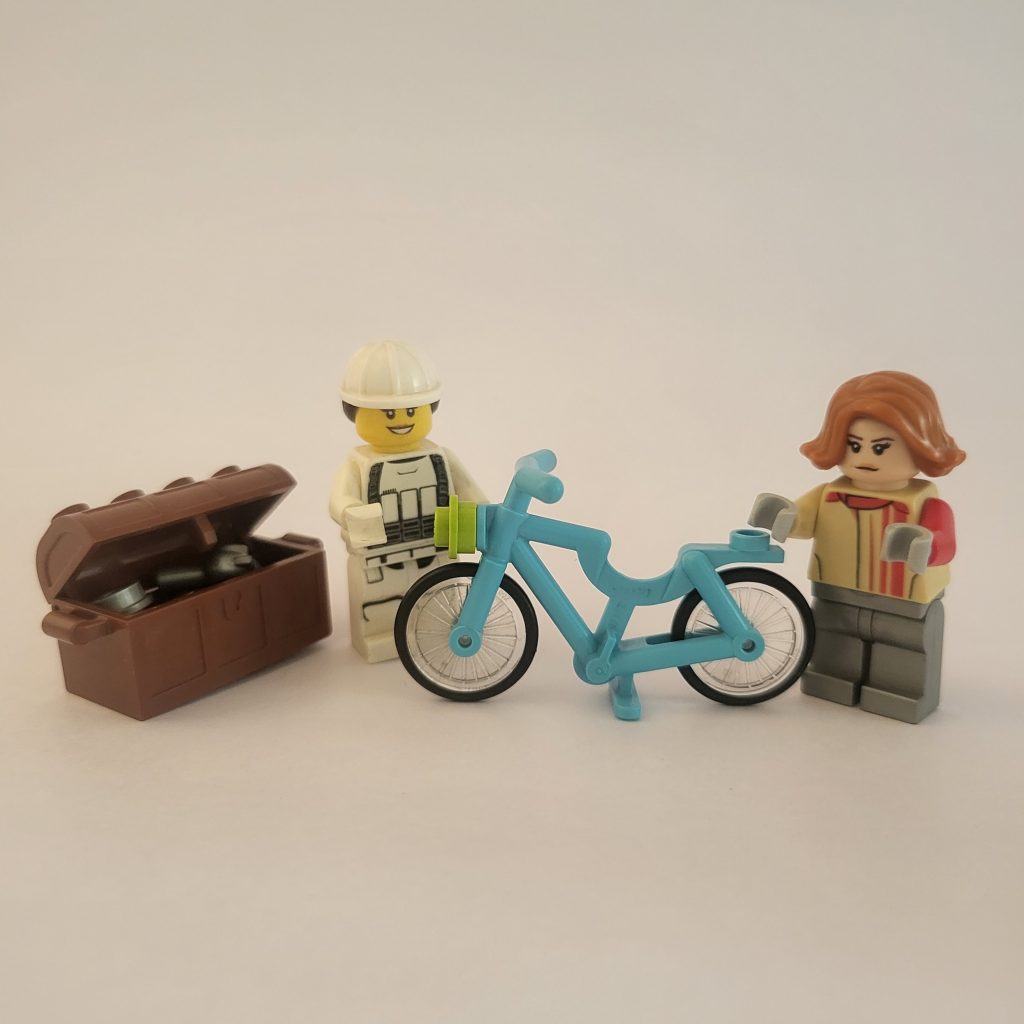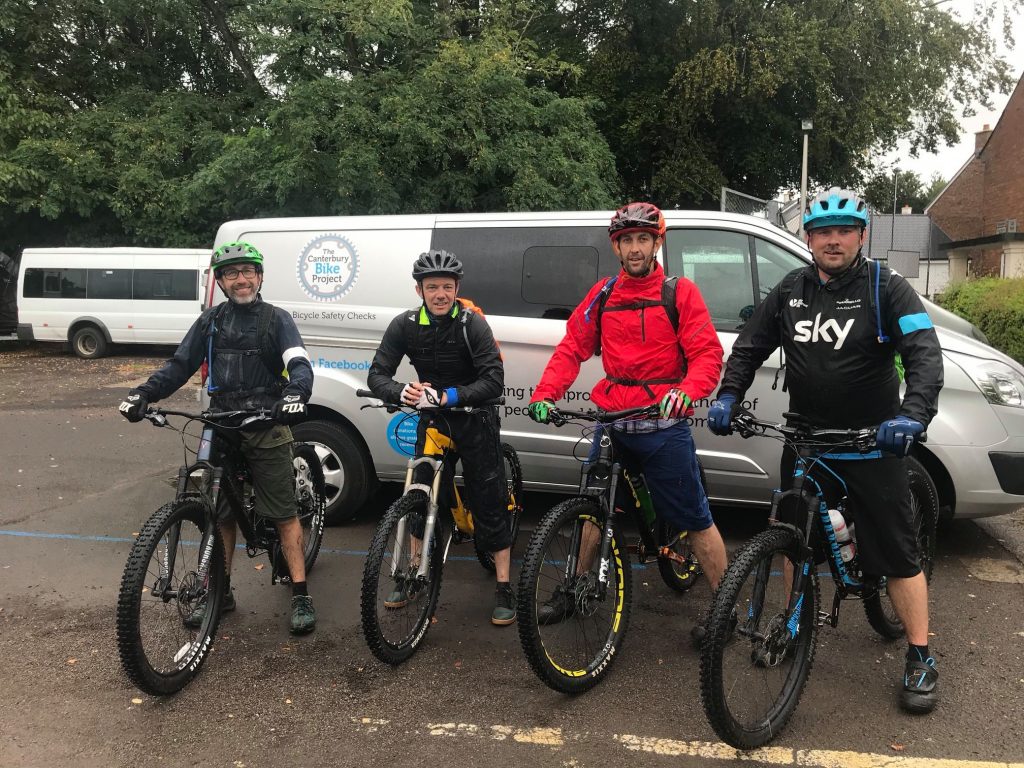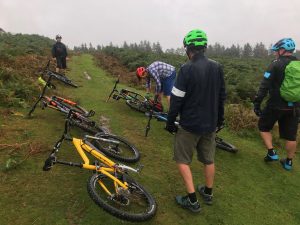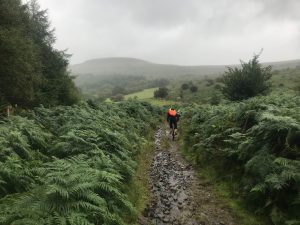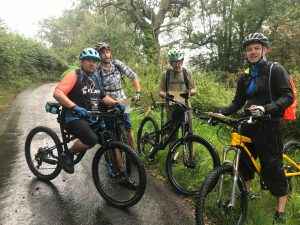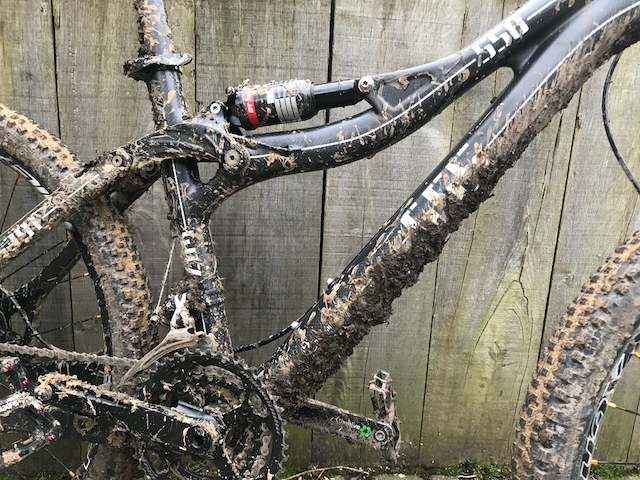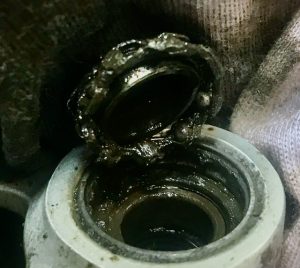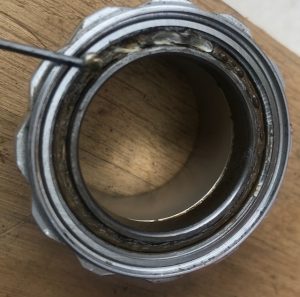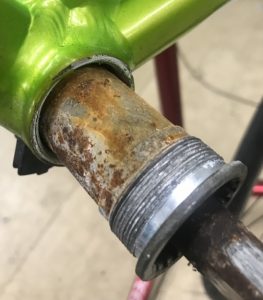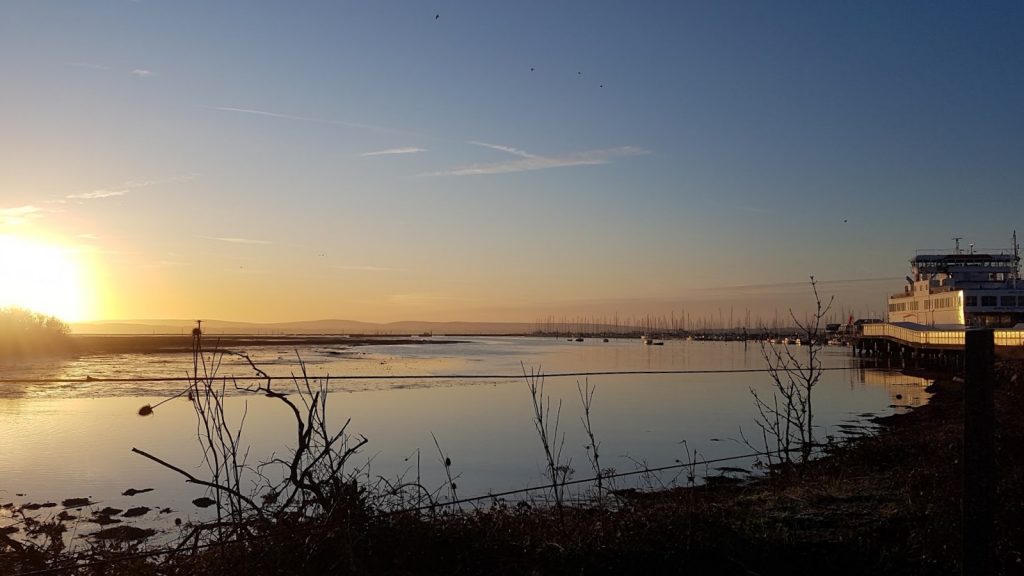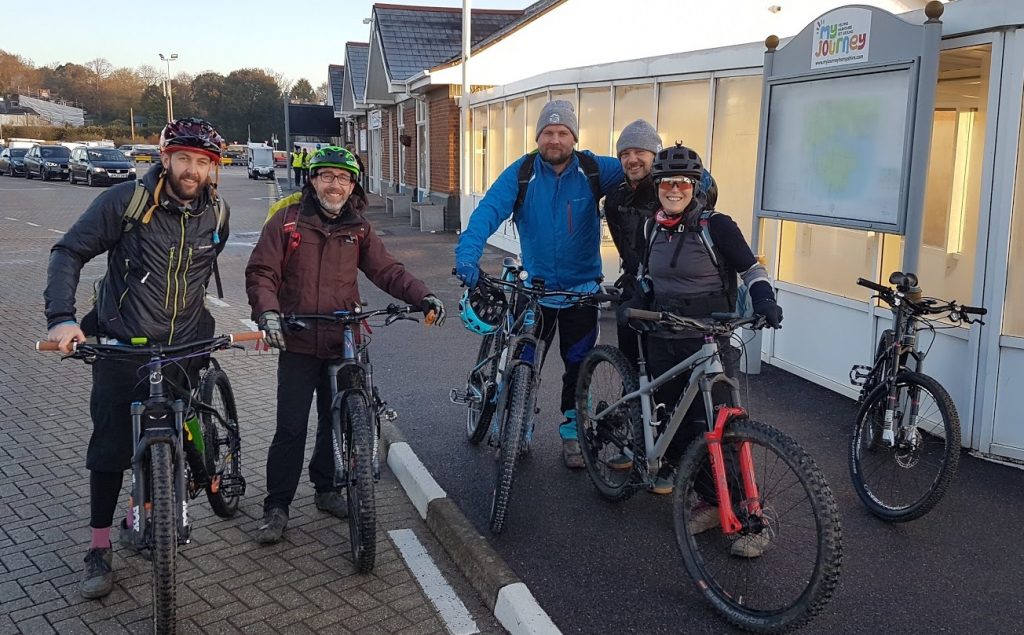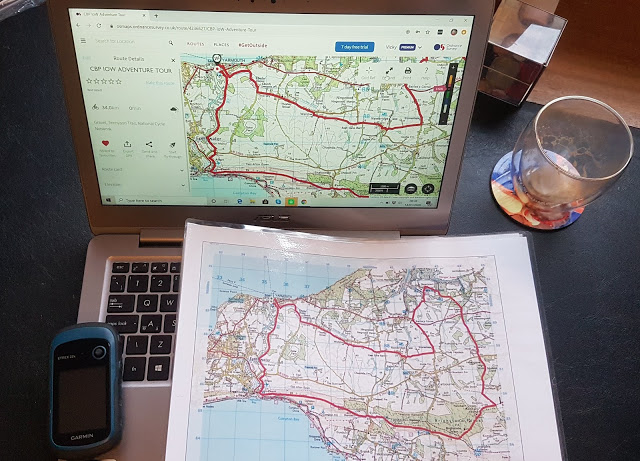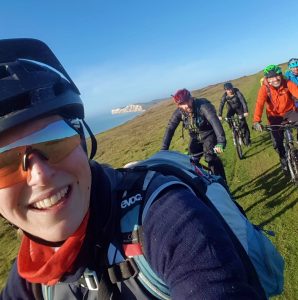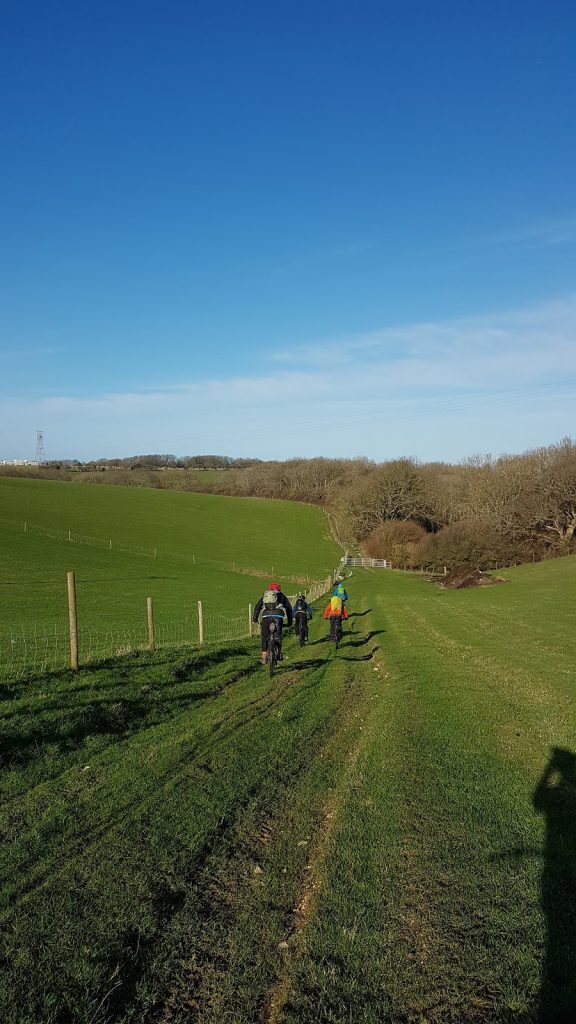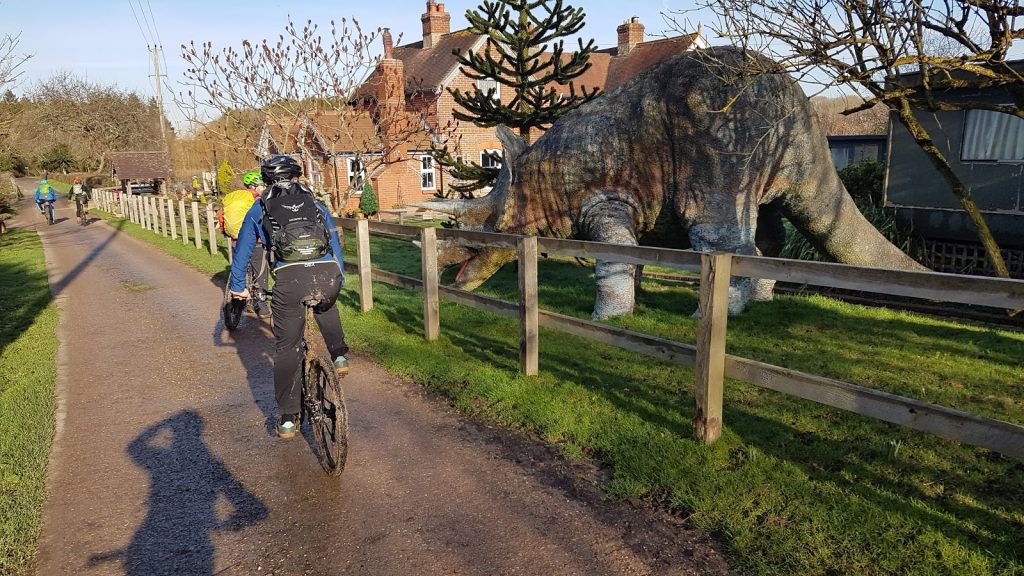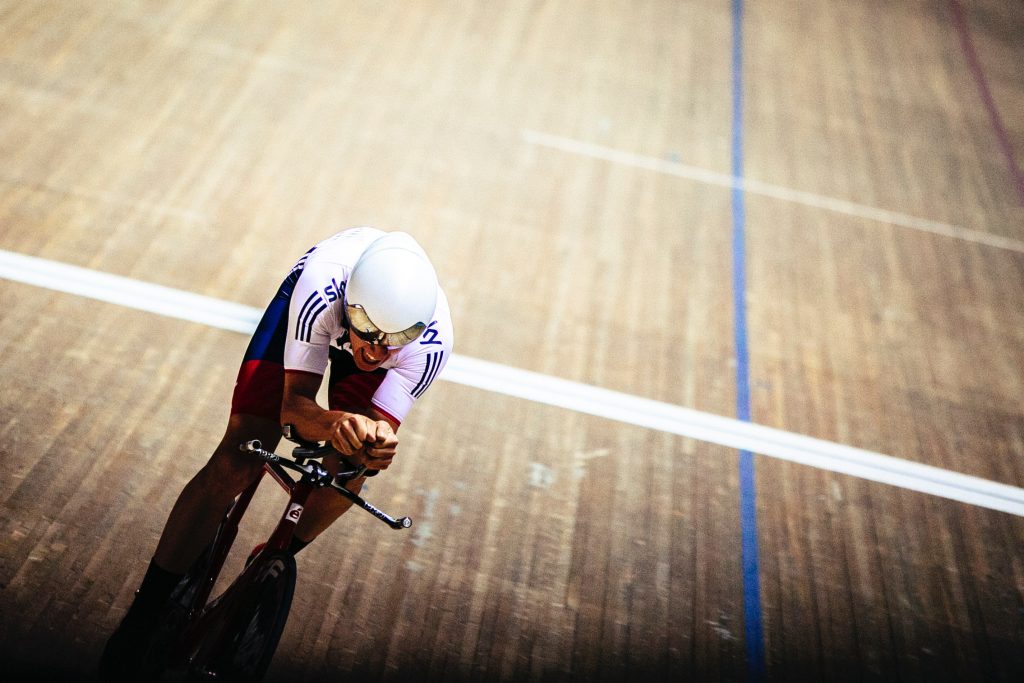
I am not a fan of a spin class, nor do I get excited about sitting on a cycle trainer watching TV, or reading a book, or even a screen with an over enthusiastic ’personal trainer’ telling me to bring my A-game. So when I sat and thought about track cycling I wasn’t overly interested. Cycling indoors on a small track, going around and around and around on the most basic bike that has only one gear and no brakes? Well, the thought of it just didn’t motivate me.
Then by some strange coincidence my daughters bought me a Velodrome experience. How wonderful. Actually, my curiosity was already raised. What is the draw, and why is it so popular. Why not, I thought, it’s a form of cycling I haven’t tried so I need to give it a go before fully writing it off.
It was a sunny Saturday in June. We headed off to Lee Vally VeloPark and to the velodrome. An impressive building, which was equally impressive once I was in and waiting at the side of the track for my turn to do a few loops of the Olympic velodrome.
And pause… Olympic. This velodrome held the cycling events in the 2012 Olympic Games. I was about to ride in the wheel tracks of the greats such as Sir Chris Hoy, Victoria Pendleton, Laura Kenny, and Jason Kenny. All of which won Gold for Great Britain. These wooden boards had seen on track battles that had resulted in Britain winning a significant number of medals. It’s not a difficult calculation, but 10 years on you can ‘feel’ the memories. Like the excitement still echoes around the Velodrome. Probably helped by an exhibition of the history and build up to the Olympics, and the actual medals won by the British Cycling Team (although I’m sure they were copies, surely).
And then it was my time. There was a strange feeling of excitement and anxiety as I walked along the tunnel that delivered me into the middle of the track. Shoes on, gloves on, bike fitted to me, and I was ready to go alongside my comrades. We listened intently to our coach as he gave us the basic instructions. Must remember fixed gear, don’t stop peddling – that was the easy bit as I ride a fixie around Canterbury that I built up, when the urge takes me. No brakes – that’s the slightly more difficult bit.
A few laps on the flat blue bit (known as the apron) to familiarise ourselves with the bike and then we were up on the wood. First to the pale blue Cote d’Azur to get up to speed, then up to the black line – the datum line, or the shortest line around the 250m track. Here we had a few laps at pace. Then it was up to the red line, also know as the sprinters line where the angles are serious. 45 degree banking on the corners become a little daunting and encourage you to push a bit harder to build momentum for the corners. Next, we moved above the blue line and circled the track above this line so that we were right up skimming the wall. It’s a long way up there, it looks a long way down, and it’s tough going too. Four times the power needed to circle near the wall than on the black racing line, and it felt it. After a few laps it was time to take a break, thankfully. I was surprised at the level of effort needed to maintain a good pace, particularly as you climbed up the banking. Which was a skill that needed to be mastered for the flying lap.
Ah, yes. The flying lap. Part of the experience was a timed flying lap. Timed, on the very oval that Sir Chris Hoy and Victoria Pendleton won gold (did I mention that already?). All of a sudden thoughts were to best line, best approach angle. How to maintain momentum. We would have one lap to start low, then build speed and climb the banking before pushing hard around the bottom bend to drop in as the oval straightened to give us the maximum attack speed for the lap. As we crossed the start line we should be at maximum speed low on the circuit, and then it was just a case of keeping the bike on the blue line and the legs pumping for one revolution of the track.
And it was exhilarating. With the determination level cranked up to 11 (tenuous link) I strategised and planned my line. A good build up. A high line at the bottom corner. A burst of power as I dropped down the banking to start the lap and then the longest 18 seconds ever experienced. It’s only two corners but by the time I hit the back straight I was breathing hard. Coming round the final bend and onto the straight the anaerobic energy in my legs was spent and they started shaking making it difficult to push the last few metres.
What a rush. Second quickest time of the day, and a massive sense of achievement. Not just the time, but the experience. My first track session. Without any doubt I can recommend the experience to anyone who enjoys cycling regularly. Particularly anyone who likes to road cycle. It’s another level.
Big thanks to the team at Lee Valley VeloPark were great, helpful, knowledgeable and enthusiastic.
